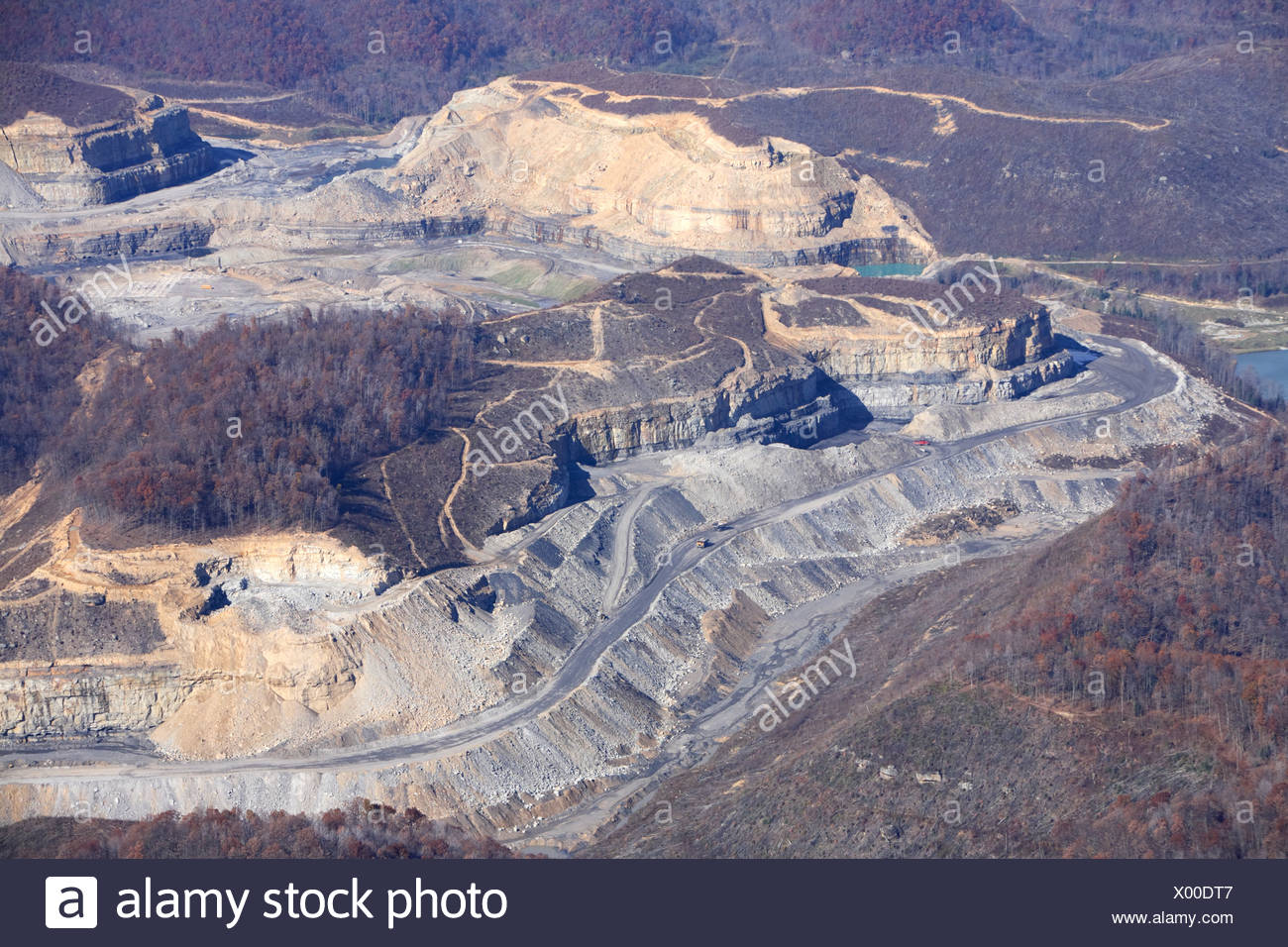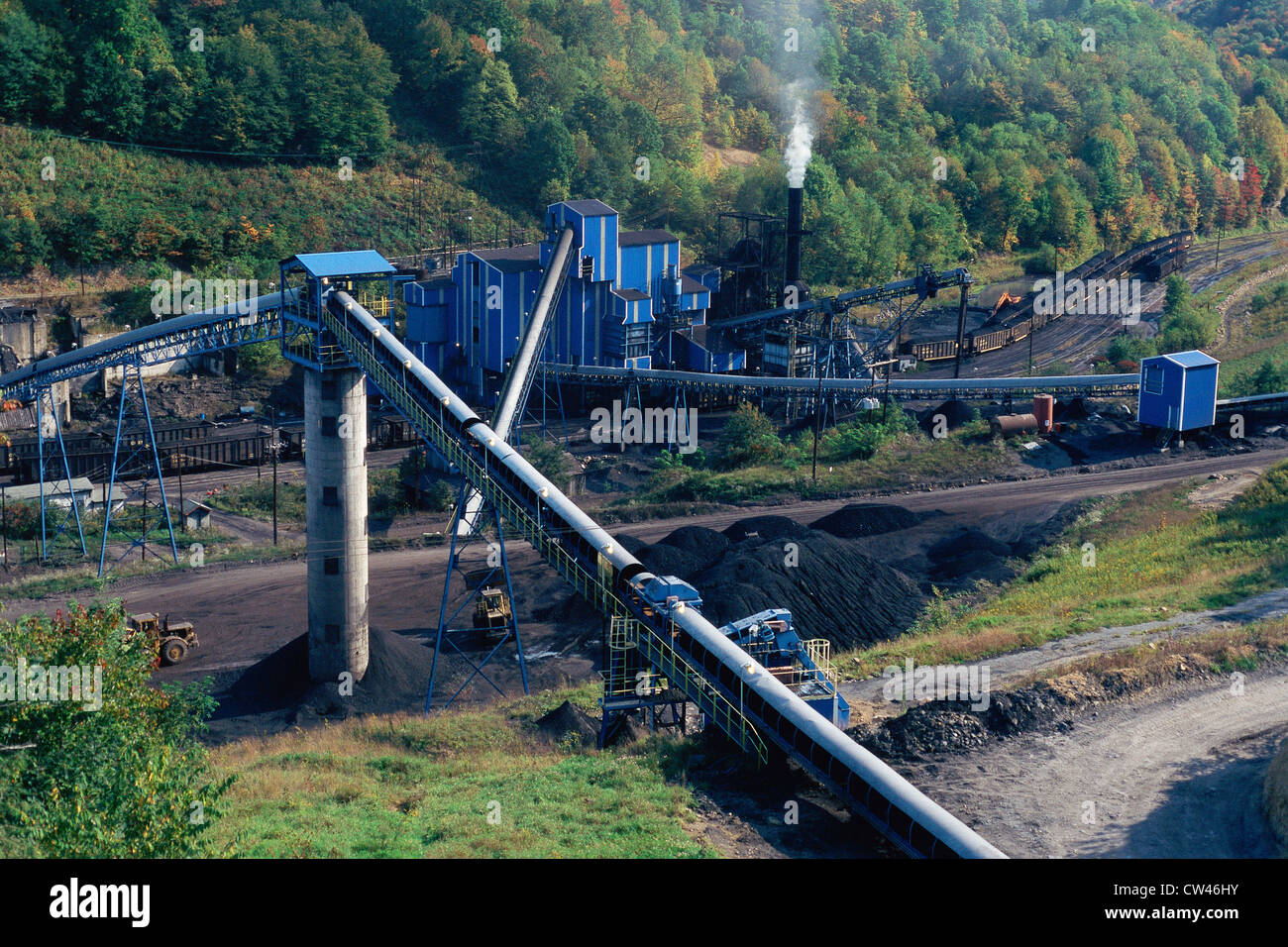
Black Gold, Deep Scars: The Enduring Legacy of West Virginia Coal
West Virginia, a land sculpted by ancient mountains and carved by human ambition, has long been synonymous with one word: coal. More than just an industry, coal has been the bedrock of the state’s identity, economy, and culture for over a century. It fueled the nation’s industrial rise, brought waves of immigrants seeking opportunity, and forged a unique, resilient spirit among its people. Yet, this black gold has also left deep scars – on the landscape, in the lungs of its miners, and in the persistent struggle for economic diversification.
To understand West Virginia is to understand its relationship with coal, a complex narrative of boom and bust, sacrifice and pride, and an uncertain future.
The Bedrock of a State: From Frontier to Fueling a Nation

The story of West Virginia coal begins long before the state’s official birth in 1863. Early settlers discovered outcrops of coal, using it for blacksmithing and heating. But it was the late 19th and early 20th centuries that truly ignited the coal boom. The industrial revolution, with its insatiable demand for energy, found its answer in the vast, high-quality bituminous coal seams hidden beneath the Appalachian mountains. Railroads snaked their way into previously inaccessible valleys, opening up a frontier that quickly became the nation’s primary energy source.
Company towns sprang up overnight, built entirely by coal operators to house their workforce. These towns, often isolated and self-contained, dictated every aspect of a miner’s life – from housing and healthcare to the company store where wages were often paid in scrip, effectively trapping workers in a cycle of debt. This era saw an immense influx of immigrants from Southern and Eastern Europe, as well as African Americans from the South, all drawn by the promise of work, however dangerous or exploitative.
"My granddaddy came from Italy speaking no English, looking for a better life," recounts Sarah Miller, a retired schoolteacher from McDowell County whose family has mined for four generations. "He found work in the mines, and that’s how we built a life here. It was hard, but it was honest work."
The Roar of the Mine: A Golden Age and its Dark Underbelly
The first half of the 20th century was West Virginia’s coal zenith. The state became the largest coal producer in the nation, powering steel mills, factories, and homes across America. The roar of coal trains was the soundtrack of prosperity, and the fortunes of countless families were tied directly to the price of a ton of coal. This period solidified coal’s place not just as an industry, but as a core component of the Appalachian identity – a source of rugged pride, a testament to hard work and resilience.
However, beneath the surface of this apparent prosperity lay a brutal reality. Coal mining was, and remains, one of the most dangerous professions in the world. Explosions, roof falls, and equipment accidents claimed countless lives. A sobering fact: Since 1900, over 100,000 miners have died in U.S. coal mines, with a significant portion of those fatalities occurring in West Virginia. Each year brought its own tragic tally, leaving behind widows and fatherless children, a constant reminder of the high cost of black gold.
Beyond immediate dangers, a silent killer stalked the miners: pneumoconiosis, or "black lung disease." Caused by the inhalation of coal dust, black lung slowly, agonizingly, suffocates its victims. For decades, coal companies downplayed its severity, and miners often worked until their lungs gave out. The fight for compensation and recognition for black lung victims became a decades-long struggle, highlighting the moral obligations owed to those who literally built the nation with their blood and sweat.
The harsh conditions and exploitative practices also ignited fierce labor struggles. The United Mine Workers of America (UMWA) fought tirelessly for better wages, safer conditions, and the right to unionize. West Virginia became a flashpoint in these labor wars, witnessing some of the most violent confrontations in American history, such as the Battle of Blair Mountain in 1921, where thousands of armed miners clashed with sheriff’s deputies and company-backed forces, even facing aerial bombardment. These battles etched a legacy of defiant solidarity into the state’s character.

The Tremors of Change: Decline and Diversification’s Difficult Path
The mid-20th century brought the first tremors of change to West Virginia’s coal landscape. Mechanization, while improving safety in some ways, also drastically reduced the need for manual labor, leading to significant job losses. The rise of alternative energy sources like natural gas and nuclear power began to erode coal’s market dominance. Environmental concerns, once a niche issue, gained mainstream traction, leading to regulations aimed at curbing pollution and mitigating the devastating impact of mining on the environment.
The late 20th and early 21st centuries accelerated this decline. The advent of mountaintop removal mining (MTR), a highly controversial practice, allowed companies to extract coal more efficiently but at an immense ecological cost. Entire mountain peaks are dynamited, and the debris is dumped into adjacent valleys, burying headwater streams and destroying vast tracts of forest. While proponents argued it was the only economically viable way to access certain seams, environmentalists decried it as an irreversible desecration of the Appalachian ecosystem.
"I grew up hiking those mountains, fishing those streams," says Randy Collins, an environmental advocate from Boone County. "To see them disappear, just leveled for coal, it’s heartbreaking. We’re losing our heritage, our natural beauty, for a few more years of a dying industry."
Today, West Virginia’s coal industry faces a perfect storm of challenges: global market shifts, competition from cheaper natural gas, the rising cost of extraction, and increasingly, the existential threat of climate change policies. Coal production has plummeted from its peak, and the number of active miners is a mere fraction of what it once was. Communities that once thrived are now struggling with economic depression, population loss, and the painful process of redefining their future.
The Human Toll and the Search for a New Identity
The decline of coal has had a profound human toll. Generations of families who saw mining as their only path now face an uncertain future. The pride associated with being a coal miner, a tough, essential job, has been replaced by anxiety and a sense of abandonment. The political rhetoric surrounding coal often amplifies this feeling, with promises of a resurgence clashing with the harsh realities of a global energy transition.
"My granddaddy was a miner, my daddy was a miner, and I was a miner," says James "J.D." Davis, a retired miner from Logan County, his voice raspy from years underground and the lingering effects of black lung. "It’s all we ever knew. Now, young folks, they have to leave, go up north or out west, just to find work. It breaks your heart to see these towns empty out."
The challenge for West Virginia is not just economic, but cultural and psychological. How does a state that has defined itself by coal for so long forge a new identity? The answers are complex and multifaceted. Efforts are underway to diversify the economy into areas like tourism (leveraging the state’s natural beauty for whitewater rafting, hiking, and mountain biking), technology, manufacturing, and even renewable energy. There’s a push for retraining programs to equip former miners with skills for new industries. The establishment of high-tech manufacturing plants and data centers, while still relatively small, offers glimmers of hope.
However, the transition is slow and uneven. The infrastructure, educational systems, and political will needed for a rapid shift are often lacking. The emotional attachment to coal, deeply ingrained in the state’s psyche, also presents a significant hurdle. For many, coal represents not just a job, but a way of life, a symbol of self-reliance and grit.
Conclusion: A Legacy Forged in Fire and Dust
West Virginia’s coal story is a powerful testament to the forces that shaped modern America. It’s a story of immense wealth generated and shared unevenly, of backbreaking labor and profound sacrifice, of environmental transformation both beneficial and devastating. It’s a narrative woven with threads of deep pride in a difficult job, fierce loyalty to community, and a persistent struggle for justice.
The mountains of West Virginia, forever marked by shafts, slag piles, and reclaimed land, stand as silent witnesses to this epic. While the era of "coal is king" may be fading, the legacy of West Virginia coal will endure – in the resilient spirit of its people, in the ongoing fight for economic justice and environmental stewardship, and in the timeless reminder that progress, like coal itself, often comes with a profound and lasting cost. The next chapters of West Virginia’s story will undoubtedly be written in a different vein, but they will always be informed by the black gold that ran so deep beneath its surface.


